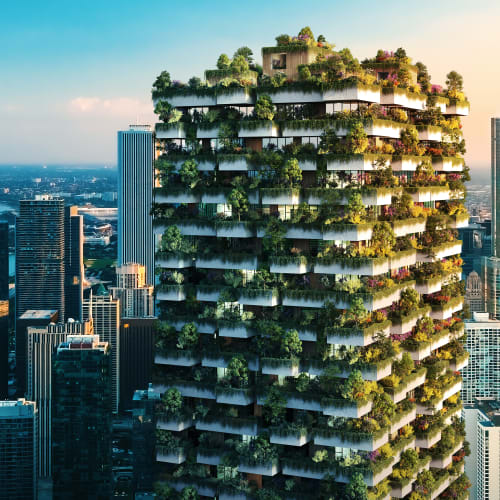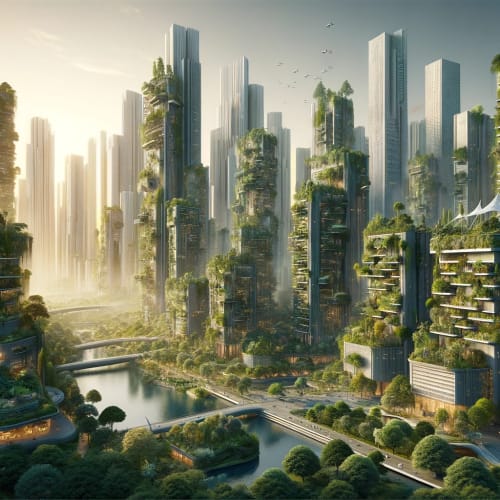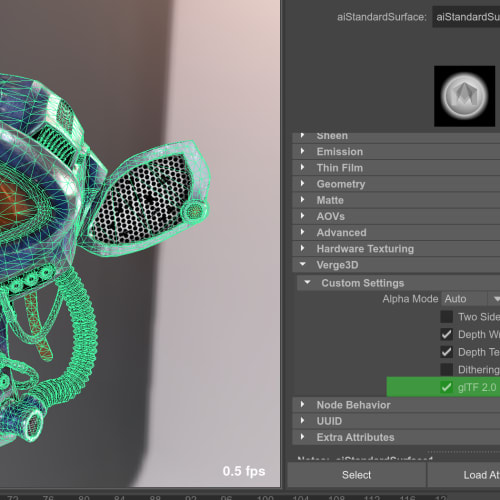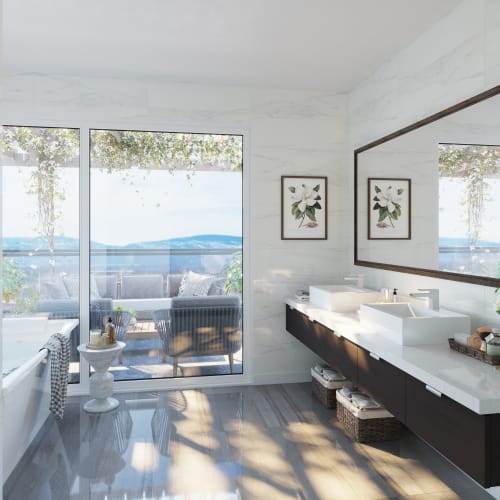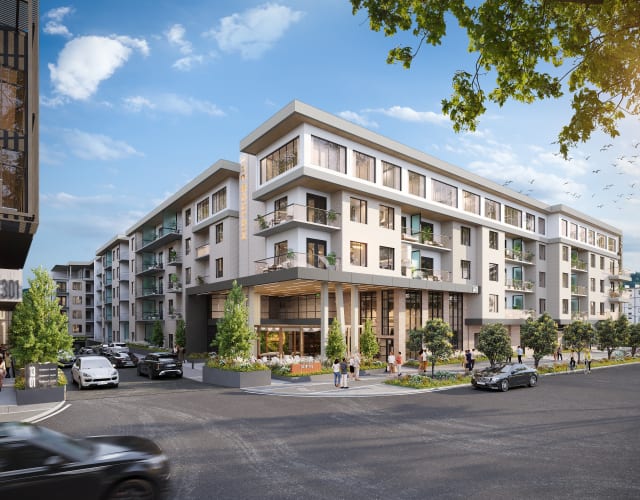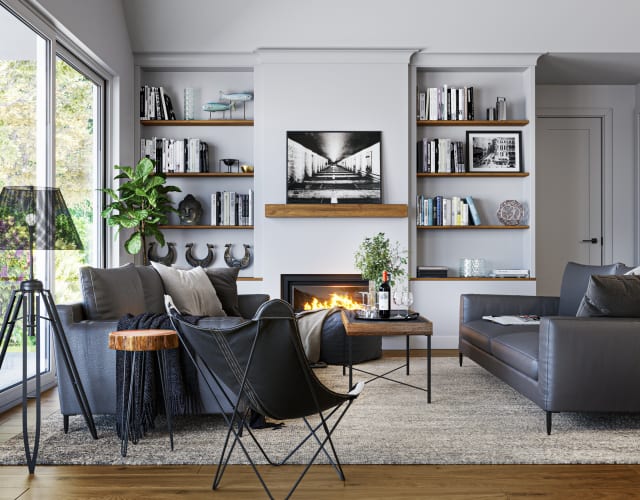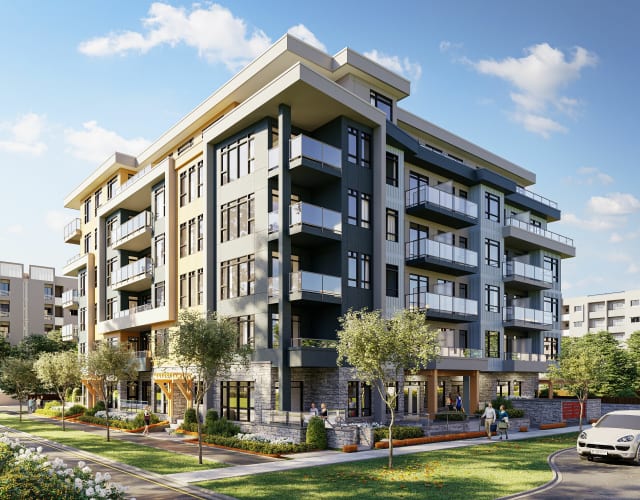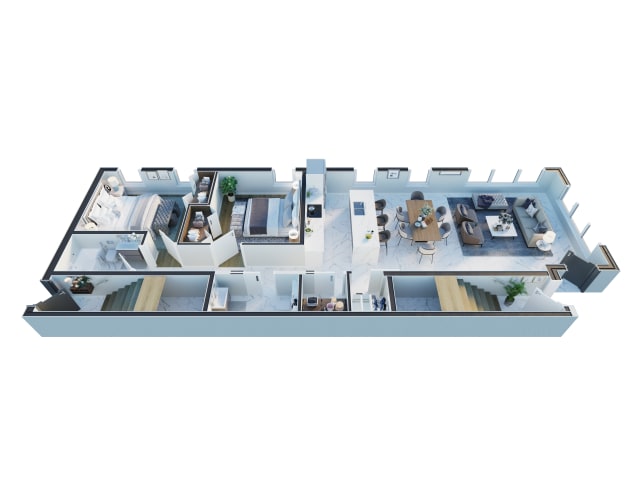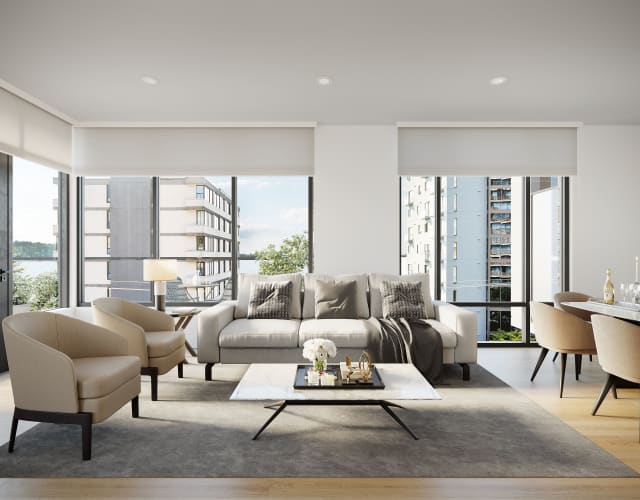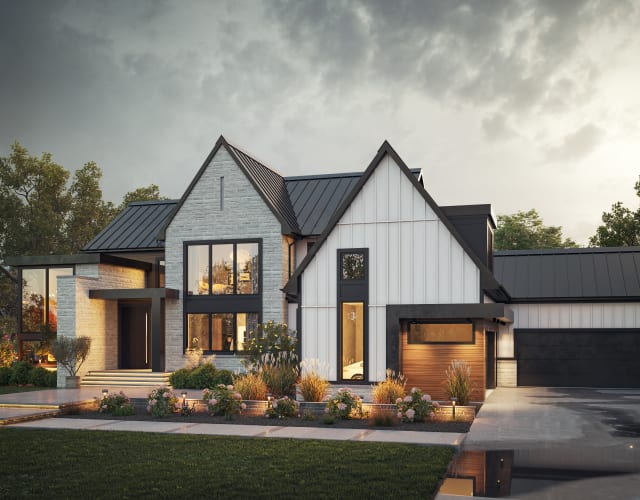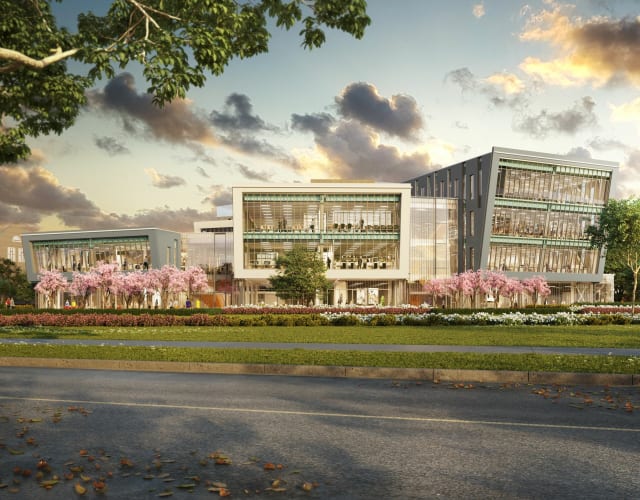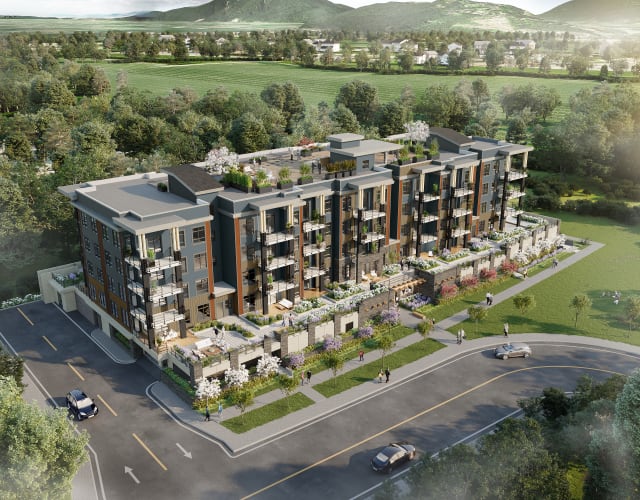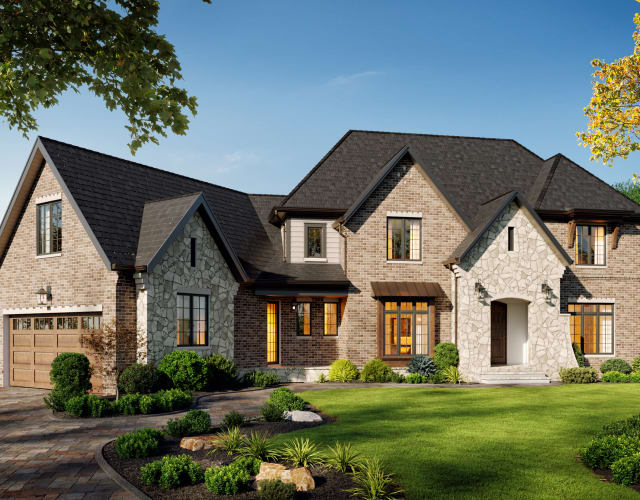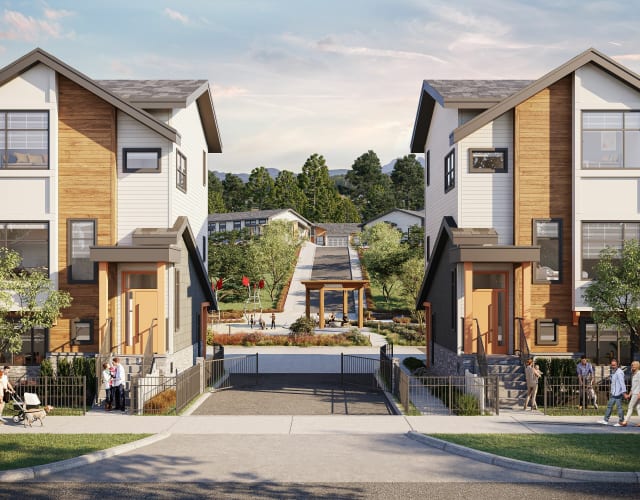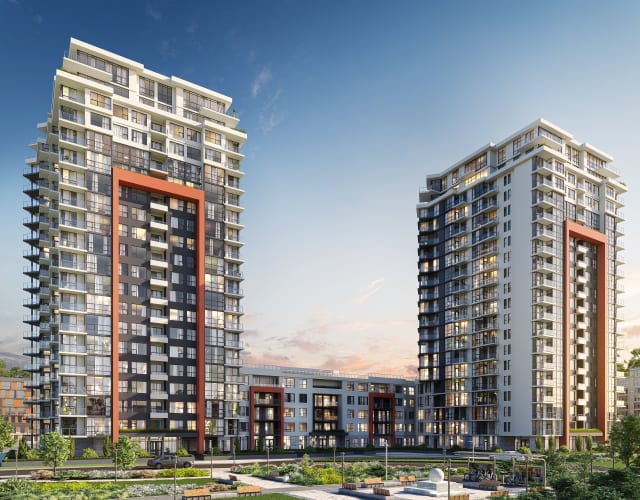Elevator Rendering: 10 Advantages in Modern Building Design
by RealSpace
Elevators are more than just a means of vertical transportation in modern architecture. They have become an integral part of a building's aesthetic and functional identity. Elevator rendering, the process of creating detailed 3D visualizations of elevator designs, has emerged as a crucial tool in the architectural and design process. This 1500-word article examines the significant benefits of using elevator rendering in modern building design.
1. Detailed Visualization of Elevator Designs
Elevator rendering provides a detailed and realistic visualization of elevator designs within a building. This includes the elevator’s interior, doors, control panels, and even lighting, allowing architects and designers to present a complete picture of how the elevator will look and feel. With a 3D model of the elevator, architects can easily visualize the final product and make any necessary modifications before construction.
2. Enhancing Aesthetic Appeal and Branding
Elevators can be a statement of style and branding. Rendering allows designers to experiment with materials, colours, and lighting to enhance the aesthetic appeal of elevators. It aligns them with the building's overall design language and brand identity. The elevator can be customized to match the style and branding of the building, ensuring it complements other design elements.
3. Improved Collaboration with Clients and Stakeholders
Elevator rendering improves collaboration between architects, designers, clients, and other stakeholders. Providing a realistic representation of the elevator design facilitates clearer communication and ensures that all parties have a shared understanding of the project’s vision. It also enables clients to provide feedback and make informed decisions about the design.
4. Efficient Space Utilization and Integration
Incorporating elevators into a building’s design requires careful consideration of space utilization. Rendering helps in efficiently planning and integrating elevators within the building's layout, ensuring they complement other architectural elements and do not disrupt the overall flow and functionality of the space. It ensures that elevators are not an afterthought but are instead integrated into the design from the start.
5. Customization and Personalization
Elevator rendering offers the flexibility to customize and personalize designs according to specific project requirements or client preferences. This can range from customizing cabin sizes to incorporating unique design features, ensuring that each elevator design is tailored to the building's specific needs. It allows architects and designers to create elevators that are unique and functional for each project.
6. Facilitating Design Revisions and Decision Making
Design revisions are a normal part of the architectural process. With rendering, changes to the elevator design can be made quickly and visualized immediately, streamlining the decision-making process and allowing for a more dynamic design approach. It enables architects and designers to make changes to the design and see how it affects the final product.
7. Cost-Effective and Time-Saving
Utilizing elevator rendering in the design process can lead to significant cost and time savings. By finalizing designs digitally, the need for physical prototypes is reduced, and any potential design issues can be identified and addressed early, avoiding costly changes during construction. It saves time and money by allowing architects and designers to make changes before construction begins.
8. Simulating and Evaluating User Experience
Rendering allows architects and designers to simulate and evaluate the user experience. This includes assessing the ease of use, comfort, and accessibility of the elevator, ensuring it meets the needs of all potential users, including those with disabilities. It ensures that the elevator is designed to be user-friendly and accessible for all users.
9. Assisting in Regulatory Compliance and Safety Standards
Elevators must adhere to strict regulatory compliance and safety standards. Rendering can aid in this process by ensuring that designs meet all necessary codes and regulations, including dimensions, materials, and safety features. It ensures that the elevator is safe and meets all regulatory requirements.
10. Marketing and Promotional Use
For developers and marketing teams, elevator renders can be valuable in promotional materials. They provide potential tenants or buyers with an insight into the building's amenities, including the design and functionality of its elevators, enhancing the property's market appeal. It enables developers to showcase the building's amenities and attract potential buyers or tenants.
Conclusion
Elevator rendering is an invaluable tool in modern building design, offering a range of benefits from improved visualization and collaboration to cost efficiency and user experience evaluation. As architectural design continues to evolve, the role of elevator rendering in creating functional, aesthetically pleasing, and safe vertical transportation solutions becomes increasingly important. This technology not only aids architects and designers in the creative process but also plays a key role in how elevators are perceived and experienced within a building. By using elevator rendering, architects and designers can create elevators that are not only functional but also visually appealing and safe for users.

